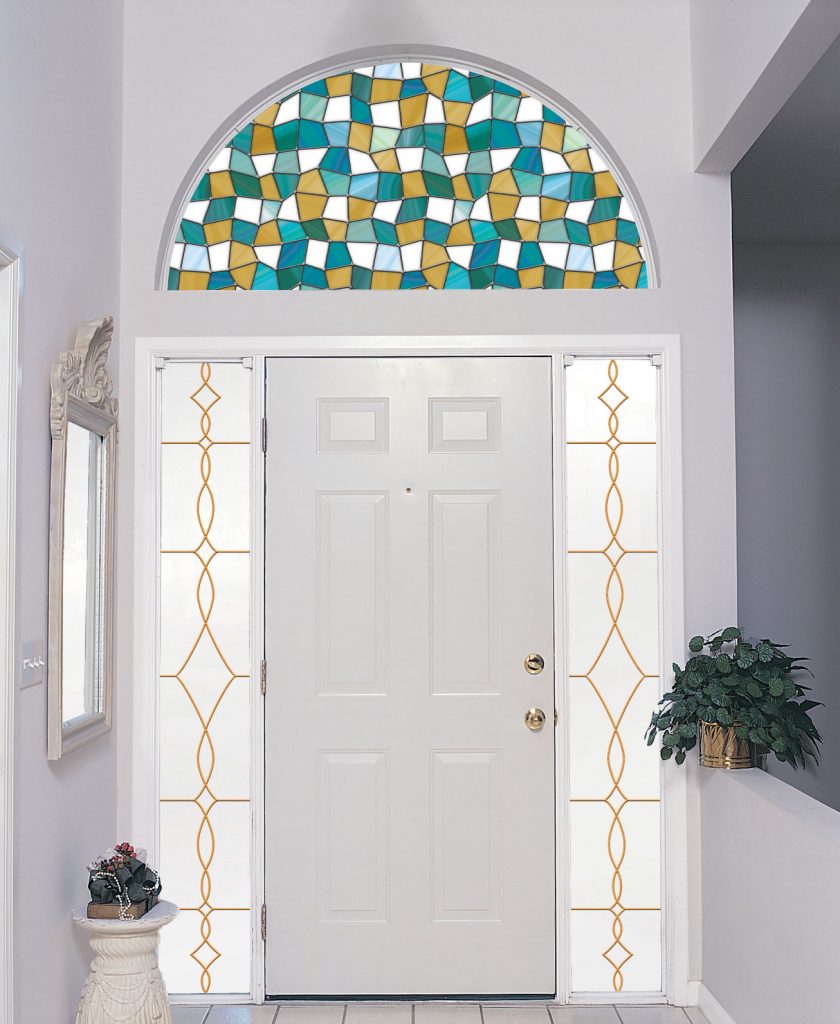Table of Contents
- Introduction to Composite Doors
- Features of Composite Doors
- Material Composition
- Design Versatility
- Security Features
- Benefits of Composite Doors
- Durability and Longevity
- Energy Efficiency
- Low Maintenance
- Weather Resistance
- Types of Composite Doors
- Solid Core Composite Doors
- Foam Core Composite Doors
- Choosing the Right Composite Door
- Style and Design Options
- Color and Finish Choices
- Glass and Glazing Options
- Installation of Composite Doors
- Professional Installation
- DIY Considerations
- Maintenance Tips for Composite Doors
- Regular Cleaning
- Inspecting and Lubricating Hinges and Locks
- Checking Seals and Weatherstripping
- Conclusion
- FAQs
Introduction to Composite Doors
Composite doors are constructed from multiple materials, including wood, PVC, insulating foam, and reinforced plastic. This multi-layered approach results in a door that offers the best features of each material, providing strength, durability, and aesthetic flexibility.
Features of Composite Doors
Material Composition:
Composite doors typically consist of a solid timber core, uPVC (unplasticized polyvinyl chloride), GRP (glass reinforced plastic), and insulating foam. This combination ensures the door is robust, weather-resistant, and thermally efficient.
Design Versatility:
Available in a wide range of styles, colors, and finishes, composite doors can be customized to match any architectural design. From traditional to contemporary looks, there’s a composite door to suit every home.
Security Features:
Composite doors are known for their high-security features. They often come with multi-point locking systems, reinforced frames, and impact-resistant surfaces, providing excellent protection against intruders.
Benefits of Composite Doors
Durability and Longevity:
Composite doors are designed to withstand harsh weather conditions and resist warping, cracking, and fading. Their robust construction ensures they remain in excellent condition for many years.
Energy Efficiency:
The insulating foam core of composite doors provides superior thermal insulation, helping to keep your home warm in the winter and cool in the summer. This energy efficiency can lead to lower heating and cooling bills.
Low Maintenance:
Unlike wooden doors, composite doors do not require regular painting or varnishing. A simple wipe down with a damp cloth is usually sufficient to keep them looking new.
Weather Resistance:
Composite doors are highly resistant to weather elements such as rain, wind, and UV rays. They do not swell, warp, or rot, making them an ideal choice for any climate.
Types of Composite Doors
Solid Core Composite Doors:
- Composition: Made from a solid timber core with additional materials for reinforcement.
- Benefits: Extremely strong and secure, providing excellent insulation and soundproofing.
Foam Core Composite Doors:
- Composition: Features a high-density insulating foam core with a durable outer layer.
- Benefits: Lightweight, highly energy-efficient, and available in various styles and finishes.
Choosing the Right Composite Door
Style and Design Options:
Consider the architectural style of your home when choosing a composite door. Options range from classic paneled designs to sleek, modern styles with minimalist detailing.
Color and Finish Choices:
Composite doors are available in an extensive range of colors and finishes, including woodgrain effects that mimic the look of real wood. Choose a color that complements your home’s exterior.
Glass and Glazing Options:
Many composite doors come with decorative glass panels or glazing options. Consider frosted, stained, or clear glass to add a unique touch and allow natural light into your entryway.
Installation of Composite Doors
Professional Installation:
For the best results, it’s recommended to have your composite door installed by a professional. They will ensure the door is fitted correctly, providing optimal security and insulation.
DIY Considerations:
If you have the skills and tools, you can install a composite door yourself. However, make sure to follow the manufacturer’s instructions carefully to avoid any issues with fit and performance.
Maintenance Tips for Composite Doors
Regular Cleaning:
Clean the door and frame regularly with a mild detergent and water. Avoid using abrasive cleaners that can damage the surface.
Inspecting and Lubricating Hinges and Locks:
Check the door hinges and locks periodically to ensure they are functioning smoothly. Lubricate them with a suitable product to prevent rust and wear.
Checking Seals and Weatherstripping:
Inspect the seals and weatherstripping around the door to ensure they are intact and effective. Replace any damaged components to maintain energy efficiency.
Conclusion
Composite doors are an excellent choice for homeowners looking for a durable, energy-efficient, and low-maintenance entrance solution. With a wide range of styles, colors, and security features, composite doors can enhance both the aesthetic appeal and functionality of your home. By understanding the features, benefits, and maintenance requirements, you can choose the perfect composite door to meet your needs and complement your home’s design.
